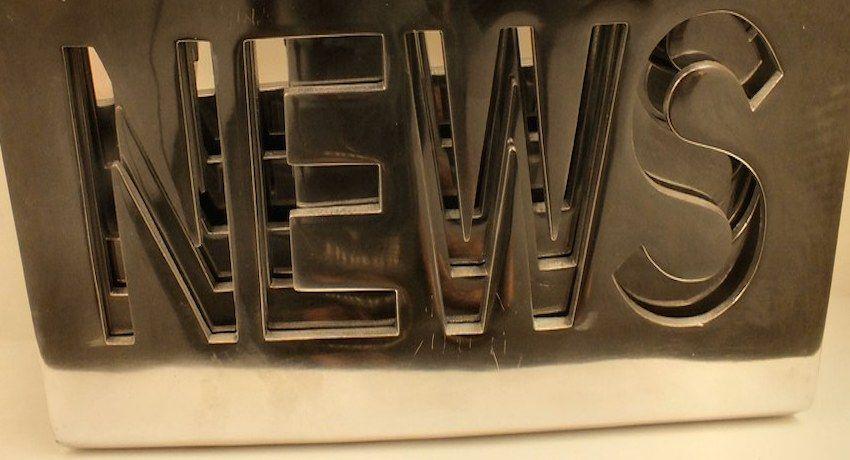
BANKSY
As we reported last week, the worldwide renowned street artist Banksy, has been in the spotlight recently, after winning an appeal before of the Boards of Appeal of the EUIPO, as regards one of his trade marks.
This week, the anonymous artist is facing an alleged infringement to some of his art works.
The clothing brand Guess launched a capsule collection inspired by the art works of the artist. Different graffities from the anonymous artist, such as “Flower Thrower”, “Queen Ziggy”, the “Thug for Life Bunny”, and “Flying Balloon Girl”, were used on clothing items, like t-shirts or coats.
Furthermore, a huge representation of Banksy’s “Flower Thrower” stencil was placed in the background of the Guess store on Regent Street in London.
From its side, Guess alleged that their capsule collection was “inspired” by Banksy’s art work, and created in partnership with Brandalised, a company that offers “affordable graffiti collectibles”.
From a legal standpoint, Banksy would have to sue Guess and Brandalised for copyright infringement, in order to confirm whether Brandalised had the right to sublicence the artist’s work. Even though, this would be a major hurdle for the artist, since as long as identity is not revealed, he cannot be considered as the copyright owner, and this clashes with his willingness to preserve anonymity.
We’ll keep you posted!
"K K WATER" CASE
The company L’Oréal sought to register as a European Union Trade Mark (EUTM) the figurative sign “K K WATER”, designating goods in Class 3 of the Nice Classification, namely “hair preparations and treatments; hair care preparations not for medical purposes; preparations for setting hair”.
An opposition was filed against the registration of the sought trade mark, based on an earlier figurative trade mark “K”, designating goods in class 3 (including ‘shampoos’ and ‘lotions for cosmetic purposes’), as well as goods in Classes 29, 30 and 31.
The grounds on which the opposition was based were those referred to in articles 8.1.b) of the European Union Trade Mark Regulation (EUTMR), namely likelihood of confusion among the general public.
The Opposition Division of the EUIPO rejected the opposition arguing that there was not likelihood of confusion, for the purpose of applying article 8.1.b) EUTMR.
The Boards of Appeal of the EUIPO (BoA) annulled that decision and declared that the opposition must be upheld, considering that the relevant public from the European Union could perceive that those similar marks applied to identical goods, have the same commercial origin, meaning that they came from the same undertaking.
The applicant lodged an appeal before the General Court (GC), arguing that the BoA erred in assessing the likelihood of confusion.
As regards the similarity of the marks, the GC pointed out that “the comparison of the signs must be based upon the overall impression produced by the signs, bearing in mind, in particular, their distinctive and dominant elements”. In this case, outcome of the comparison was at follows:
- Visual: The Court held that both signs had in common the letter “k” but the mark applied for included the word elements “K WATER”. In addition to this, those word elements had different stylisation and different colours that produced a different visual impact. Therefore, the Court considered that the contested signs were visually similar to a low level.
- Phonetical: Both signs coincided in the sound of the letter “k”, but the mark applied for included other elements: an additional “k” and the word “water”. Hence, the pronunciation of the signs will differ in the length and in the additional word elements, meaning that they will be considered similar only to a low degree.
- Conceptual: The Court considered that conceptually the signs were different, since “K” did not have any meaning, while “K WATER” will be associated with water.
In addition to this, the overall assessment of the likelihood of confusion showed that while the goods at issue were identical, the signs showed a low degree of similarity at a visual, phonetical and conceptual level.
Consequently, the GC dismissed the appeal and confirmed that there was no likelihood of confusion between the sought figurative sign “K K WATER” and the earlier mark “K”, within the meaning of article 8.1.b) EUTMR.
Details
- Publication date
- 25 November 2022
- Author
- European Innovation Council and SMEs Executive Agency
